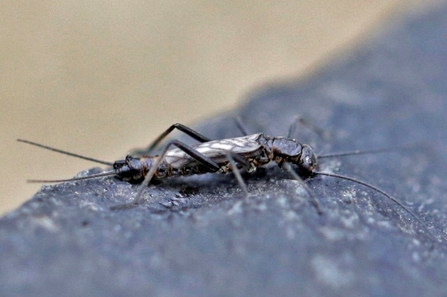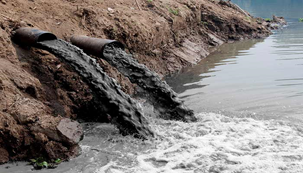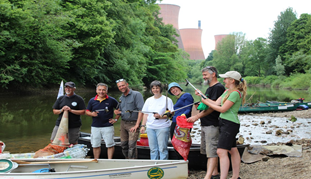Rounding off the year at River Clun
To round off a busy year, the Rivers Team revisited the river Clun to provide our second River Health Training event. Despite the wet and rainy weather, we found a mixture of aquatic life including mayflies, freshwater limpets and even a bullhead! The abundance and variety of invertebrates is a crucial indicator into the health of a river. In the case of the river Clun it scored a moderate value, stipulating that it could be better. However, for rivers to improve, it is important for people to be aware of the factors that influence water quality such as runoff, leaching of pesticides or misconnected drains. If people are able recognise the threats to our rivers and understand ways to prevent them, river health scores like the Clun will increase. Not only will it benefit invertebrates, it will benefit, communities, mammals and birds such as otters, kingfishers and dippers. To see how you can benefit your river go to our Shropshire Rivers Hub at www.shropshirewildilfetrust.org/rivers.




